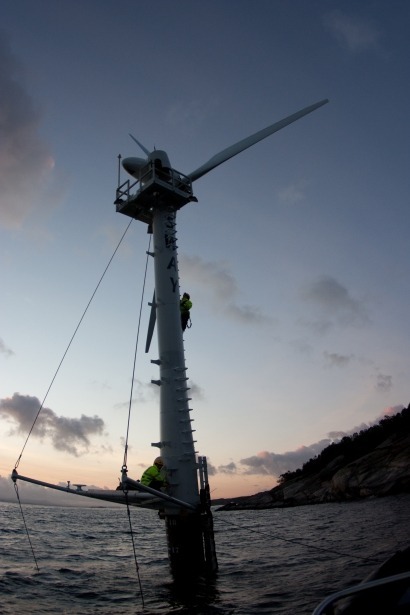
The new report finds that floating wind turbine designs are cost-competitive with fixed-bottom designs in waters over 50 metres deep. It has also concluded that if the various challenges are successfully overcome, deep water wind farms could start to supply energy in around four years time.
The report therefore concludes that deep water wind turbines are key to unlocking the massive wind energy potential available in Europe’s Atlantic and Mediterranean seas alongside the deepest parts of the north sea. Floating wind turbines in North Sea deep waters along could power Europe four times over. The technology could help the offshore wind sector to supply renewable power to 145 million households while employing 318,000 people by 2030. It could also further increase energy security and technology exports while driving down greenhouse gas (GHG) emissions.
“To allow this sector to realise its potential and deliver major benefits for Europe, a clear and stable legislative framework for after 2020 - based on a binding 2030 renewable energy target - is vital” said Head of Policy Analysis at EWEA, Jacopo Moccia. “This must be backed by an industrial strategy for offshore wind including support for R&D.”
The first full-scale deep water offshore wind farms could be producing power by 2017 the report finds.
Further information:

